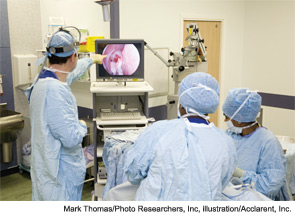Certain well-established care delivery models for otolaryngologists have long defined the specialty. But, like pharmacology, surgical techniques and treatment therapies, practice models evolve. And while traditional models continue to dominate the scope of most otolaryngology practices, the field is seeing a gradual shift to new constructs. Among them…


